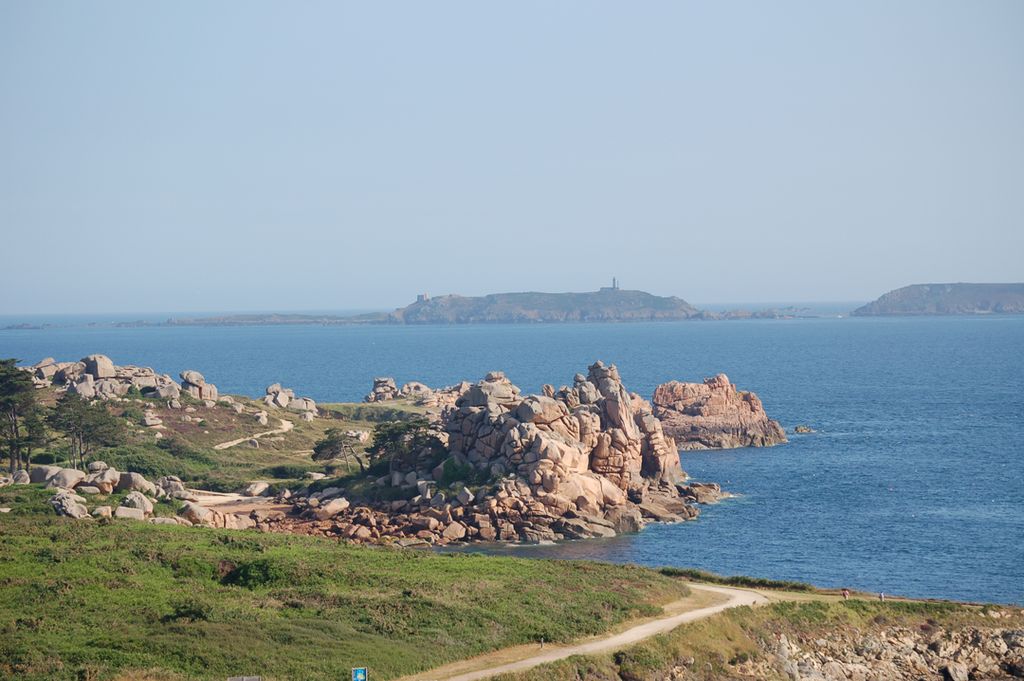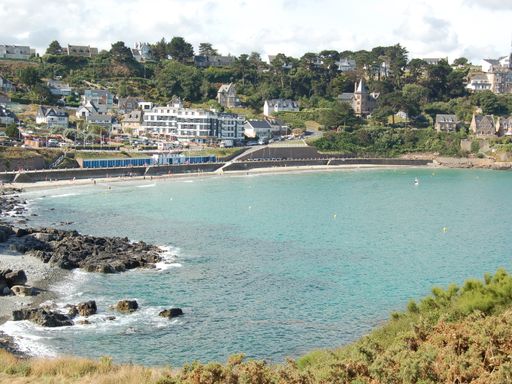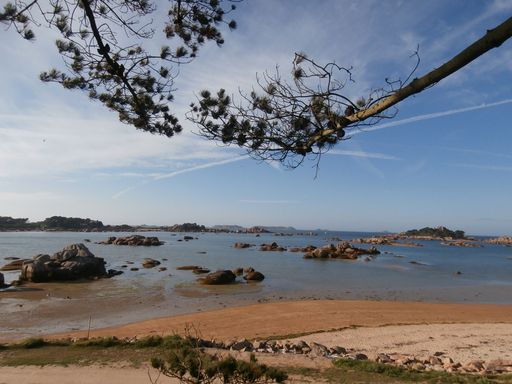
Turquet de Beauregard viewpoint
Perros-Guirec
About
If you visit this spot at low tide, you will be able to see two types of rocks juxtaposed. The gneiss of Trébeurden is the older rock as it goes back more than two billion years. It is recognisable by its dark colour and jagged shape which contrasts with the pink granite, which is more rounded and much newer. In the distance, you can make out the Sept-Îles archipelago which today is home to a nature and bird reserve.


Ploumanac‘h lighthouse and rocks
Perros-Guirec
The pink granite lighthouse stands in the middle of the chaotic rock formations formed by the erosion of cooled magma then shaped by the rain, salty sea spray and wind. Its name, "phare de Mean Ruz",...  See
See


Bihit Point
Trébeurden
Jutting out into the sea, Bihit Point offers a magnificent panoramic view. The grey, jagged rock which forms this headland and the small island to its left, Île Mignonne, is the oldest in Europe. It...  See
See


Trestrignel beach & Pointe du Château headland
Perros-Guirec
This rocky outcrop, which marks the entrance to the natural harbour of Perros-Guirec, long played the role of strategic defensive outpost against enemy attacks. Since then, the area has changed...  See
See


Sainte Anne Bay
Trégastel
Walking by Sainte Anne Bay, you will discover an area rich in history and spirituality. Well before the construction of Sainte-Anne des Rochers Chapel in 1636, the area was home to several religious...  See
See



